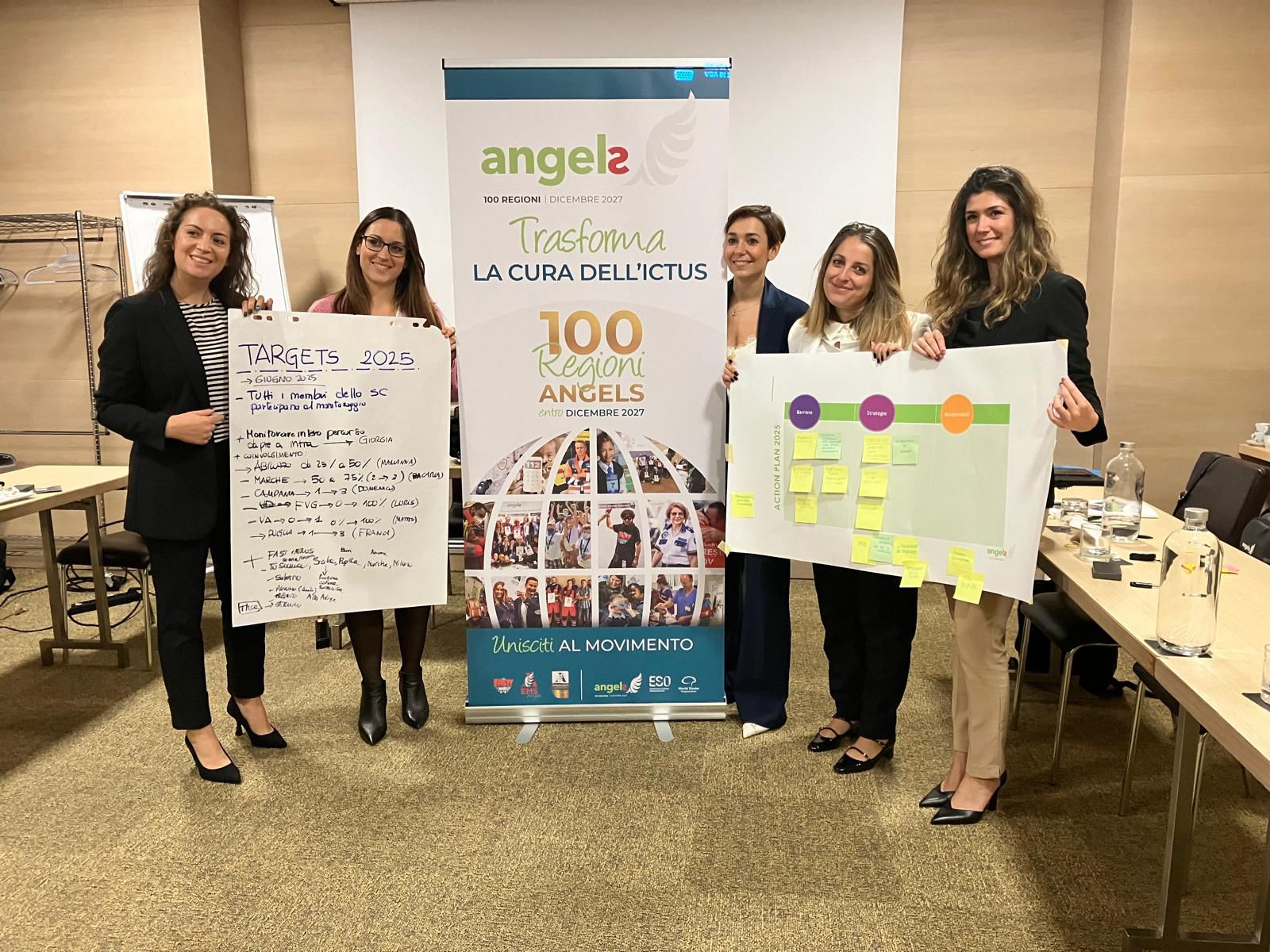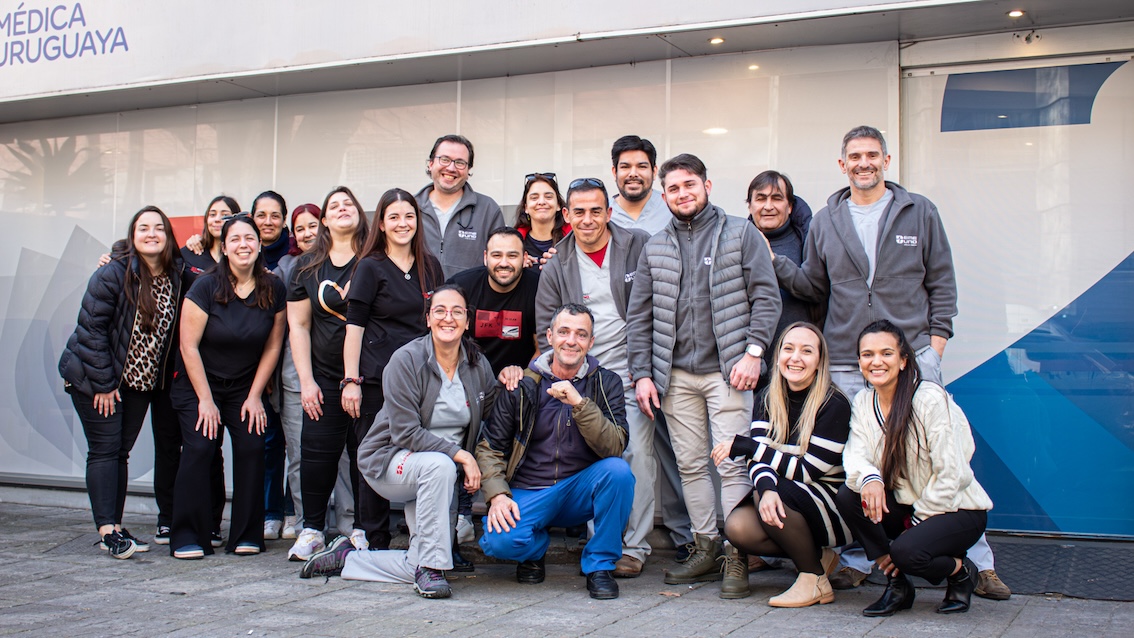A stroke patient’s score on Catalonia’s RACE scale sets in motion a unique stroke circuit devised to provide treatment access to everyone who makes this region their home. The reliance on inter-hospital transfers presents challenges, to which a unified stroke community holds the key.

Let’s say it’s a few minutes after midnight in the seaside town of Cadaqués on the Costa Brava. It’s winter and the Tramuntana wind whips round the Plaça del Passeig where Marcel Duchamp used to play chess every afternoon at the Bar Melitón. An ambulance hurtles past, its siren blaring then growing fainter as it winds up the road through the mountains towards Figueres, 37 minutes away.
Inside the ambulance the technicians have a decision to make that will depend on the patient’s performance in a severity grading system for stroke patients known as the RACE Scale. The RACE Scale was authored here in Catalonia by a working group lead by Dr Natalia Pérez de la Ossa and forms the basis for an ingenious but complex transfer system for stroke patients throughout the region.
If the patient from Cadaqués has a score below 5 he will receive emergency care at the nearest stroke centre, Figueres Hospital, guided by an expert neurologist connected via a telemedicine system, before being transferred to Girona to commence his recovery in a hospital equipped with a stroke unit.
The higher the RACE score, however, the greater the likelihood that the patient has a large vessel occlusion and that his treatment journey will culminate at a comprehensive centre with the capacity to perform endovascular thrombectomy.
A series of important calls take place as the night unfolds.
First, the EMS co-ordinator places a call to the referring stroke neurologist for the region to determine the most suitable destination and activate the necessary resources. As there is no contraindication for intravenous thrombolysis, the decision is to transfer him to Figueres Hospital, which in turn receives a call for pre-notification.
Once there, a video call connects the stroke team to the same stroke neurologist who will determine whether the patient is a candidate for recanalization, based on an examination conducted remotely and by studying the CT scan which will be uploaded to an online platform in under two minutes.
If large vessel occlusion is confirmed or strongly suspected, then following intravenous thrombolysis our patient from Cadaqués will depart on the next leg of his journey.
The network that connects professionals throughout the Catalan territory is precisely defined. Because endovascular treatment is not yet covered by Girona’s Josep Trueta Hospital at night, it is destination Barcelona, as a second ambulance conveys our patient to the designated comprehensive centre that serves stroke patients from Girona province when thrombectomy is not available at the hospital in Girona.
It takes approximately an hour and 33 minutes to reach Germans Trias Hospital where we will also meet Dr Natalia Pérez de la Ossa, originator of the RACE Scale and for the past 18 months the director of Catalonia’s stroke plan.

Central co-ordination of stroke treatment in Catalonia is the legacy of a local health authority who around 17 years ago determined that management plans were needed for conditions prevalent in the region, Dr Pérez de la Ossa explains during a rare break from attending to emergencies. The stroke plan is supported by the Catalan Health Department and staffed by a director, nurse and data manager who collaborate with an advisory board as well as working groups composed of specialists from across the region.
The first director of the regional stroke plan was Miquel Gallofré, succeeded after eight years by Sònia Abilleira. If their names seem familiar it is because you will regularly find them, and frequently together, cited as authors of stroke treatment studies published in leading journals. There is no question that they stand on each others’ shoulders, or that this kind of teamwork is what greases the wheels of stroke organization in their region.
The challenge of providing stroke coverage for an entire population has in Catalonia been met by a three-tier system of six certified comprehensive centres (all based in Barcelona), eight primary stroke centres and 16 hospitals in the telestroke network. Training and collaboration between comprehensive and primary stroke centers have allowed the opening of thrombectomy-ready centers in cities such as Girona, Lleida, Tarragona and Sabadell, with a progressively wider schedule. This will reduce distances, but inter-hospital transfer remains built into the centralised model.
Challenges impacting transfer times emerged during a virtual Telestroke Training Programme held in June and attended by almost 800 participants involved in acute stroke care, including physicians, nurses, radiology technicians and EMS professionals. Training goals included detecting opportunities for improvement in the pre-, intra- and inter-hospital stroke code circuits and creating the conditions necessary to meet 2021 targets for treatment and transfer times, says Angels consultant Belén Velázquez who with Dr Pérez de la Ossa developed a survey participants completed as a requirement for registration.
Designed to identify weak links in the system with pinpoint accuracy, survey findings will, together with the learnings from interactive discussions, form the basis for a series of interventions to mitigate vulnerabilities.
Dr Pérez de la Ossa lists the challenges: intra-hospital delays, sometimes due to outdated protocols; failure to act efficiently on pre-alerts and expedite neuroimaging and activating the telestroke system; switching to an advanced ambulance unit for secondary transfers; secondary transfer delays caused by time-consuming administrative formalities.
There was also good news, including that the training helped cultivate relationships and mutual understanding within the acute stroke network. “It was an opportunity for comprehensive centres to understand the challenges faced by smaller hospitals, for example, and for everyone to understand the problems the EMS encounter in the intra-hospital circuits,” Dr Pérez de la Ossa says.

A community unified by a single objective is vital for a stroke network to succeed, she believes. Mapping your territory and population distribution is key to building a functional stroke network but establishing connections between hospitals and nurturing relationships between professionals are what ultimately benefits patients. Sharing a common stroke registry from which data can be visualized and used for clinical research, and collaboration on territority-based clinical trials such as REVASCAT or RACECAT also boost motivation and engagement.
Dr Pérez de la Ossa’s tenure as director of Catalonia’s stroke plan will prioritize organization and standardization, continuous evaluation to improve quality, and improvements in managing post-stroke care.
Multidisciplinary intervention in post-stroke care is a development she hopes to observe in stroke treatment worldwide. She also aligns herself with the Angels Initiative’s mission to ensure access to optimized treatment for all stroke patients, no matter where they are. “Especially regarding the availability of therapies in the acute phase, which are the most likely to change the course of the disease, we need greater equality around the world.”


